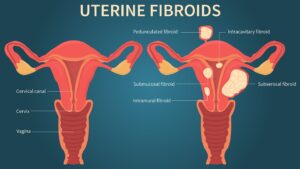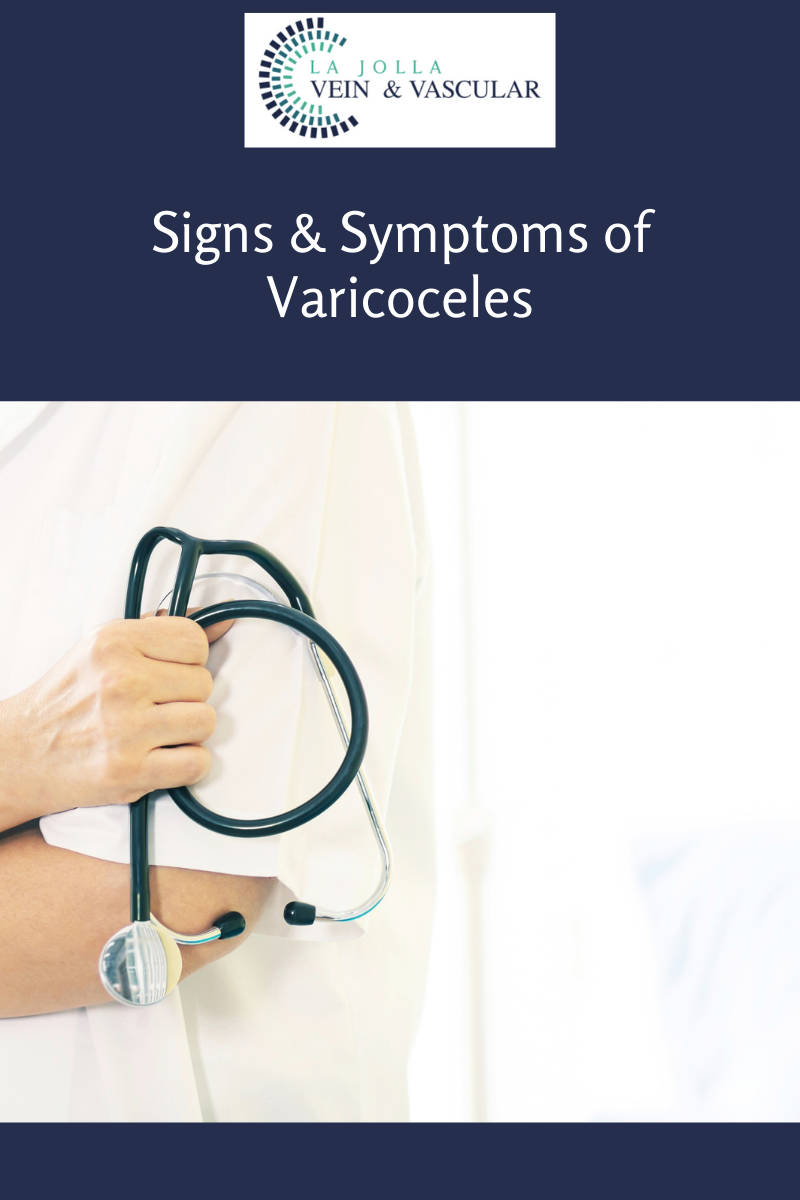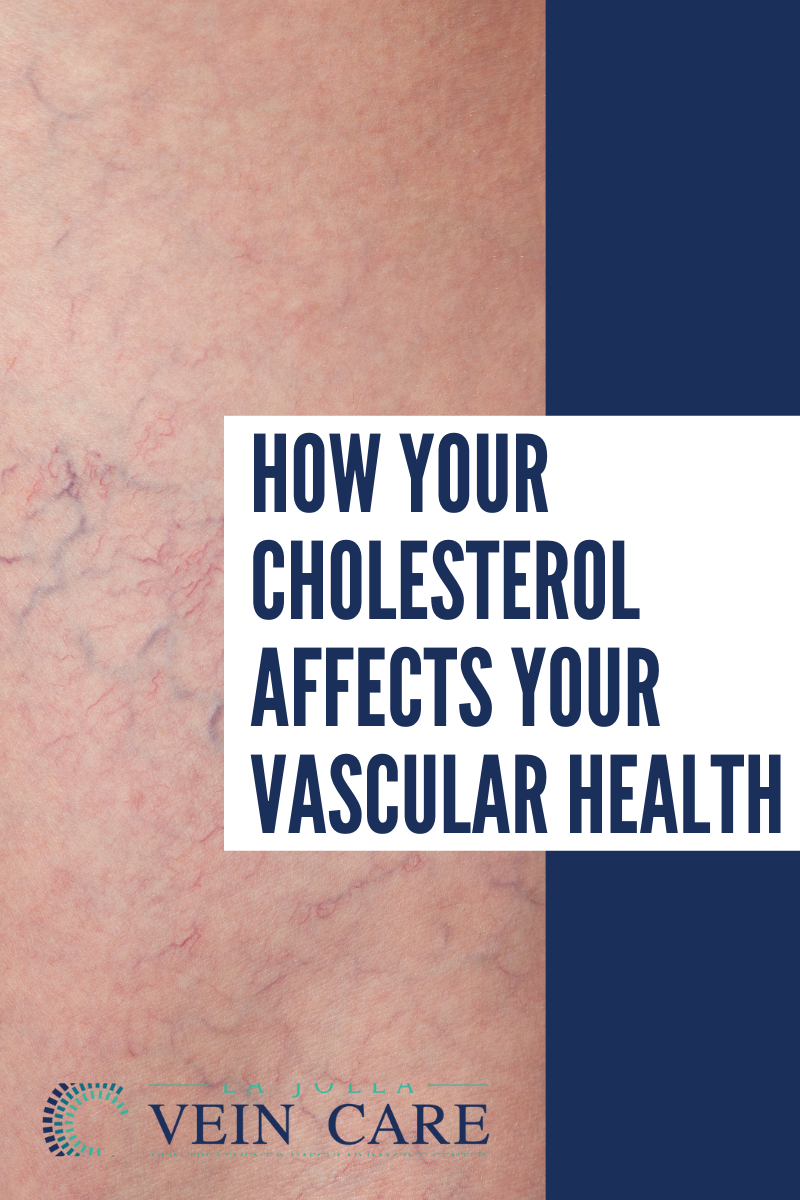Pelvic Venous Congestion Treatment
LJVascular2022-05-23T15:15:40-07:00Pelvic Venous Congestion (PVCS) Treatment
What are the treatment options for Pelvic Venous Congestion (PVCs)? Available treatment options for PVCs include pain-relieving progestin hormone drugs, ovarian function-blocking Gonadotropin-releasing hormones, vein embolization, and surgery to rid of damaged veins, uterus, and ovaries. Customarily, your doctor will start you on the medications first to […]













